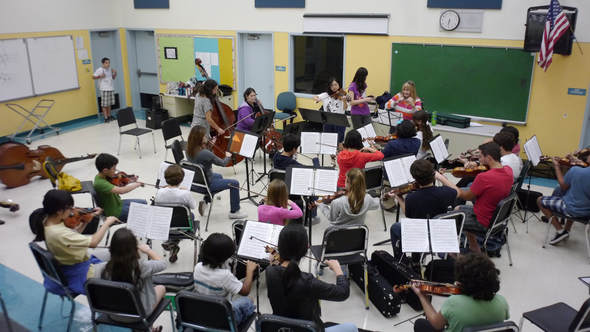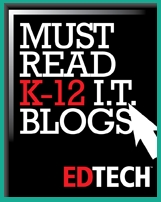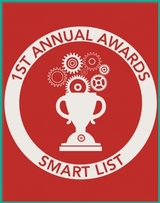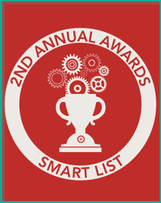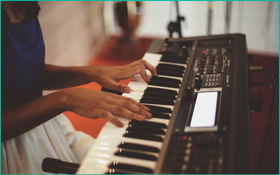
Even if you’re not a music educator, keep in mind that listening to and learning music composition can help students with studying. The universal benefits of these apps are suited to learners of all subjects and grade levels.
Wondering where to get started? Here are five music education platforms that have been making waves:
1) AtPlayMusic
For each instrument, the developers have created a respective “PlayAlong” and “Racer” app. The former is intended to teach beginning players how to learn new songs, while the latter improves playing speed and dexterity through repetition. Using their actual instrument, students can perform music and receive real-time feedback. While you may scoff at the extremely “game-like” appearance of these apps, gamification elements can help students draw connections between coursework and real life.
Reviews for AtPlayMusic are generally positive. The PlayAlong games do an effective job of helping students build a repertoire of music, while the Racer games keep them working on playing endurance. On the downside, these apps don’t offer much in terms of instruction on music composition — and each student’s mileage will vary, depending on their interest level. However, these apps meet their advertised purpose and can be a great option for teachers looking to get beginning players comfortable with their instrument.
The cost of AtPlayMusic range from $1 to $5, and they are available on Android and iOS devices.
2) BandBlast
The platform also has many instructional videos from real performers and studio musicians. It’s no secret that, as an instructional medium, videos generate more interest than traditional methods. These lessons include topics that range from broad overviews of musical theory to tutorials on specific techniques for different instruments.
Common Sense Media posted a glowing review of BandBlast, noting that it has “some brilliant touches that make it a great choice for supporting kids' real-world music study.” The review also notes that the scope of the app is impressive; the inclusion of games, videos, and in-depth lessons on technique will grab the attention of a wide range of learners.
BandBlast is completely free and is available on both Android and iOS devices.
3) Flat
Critics praise Flat for its ease of use and the opportunities it provides for collaboration. Instructors looking for an intuitive method of facilitating musical collaboration or wanting to provide instant feedback to student work need look no further. It also requires no personal information to use — a boon to those who are wary of web apps for security reasons — and is compliant with COPPA and FERPA. Some users complain that there are device compatibility issues, with older mobile devices having frustrating bugs and navigation issues, though support seems to be extremely responsive and helpful.
The free version of Flat is suitable for many users, but note that students are limited to 15 scores at a time, though the app supports the ability to print full scores. A subscription, which removes this limitation, costs $6.99 a month or $49 annually. It is also available on desktops, as well as Android and iOS devices.
4) SmartMusic
Be aware that there are two versions of SmartMusic — New SmartMusic and Classic SmartMusic — the differences of which can be found here. Both versions are effective at providing a hands-on learning experience, and the assessment tools make evaluation easy. On the downside, not every activity on the platform offers feedback. Furthermore, some users report that background noise or accompaniment can interfere with real-time feedback accuracy.
Educators can sign up for a free 30-day trial to determine if SmartMusic is right for them. The cost of SmartMusic for educators ranges from $40 to $399 per year, with the highest tier giving educators the ability to set up classes, send assignments, and manage grades for up to 50 students. There is also a bulk subscription option (ranging from $4 to $12 per student per year). It is compatible with Chromebooks, desktops, and iPads.
5) Soundtrap EDU
It’s been proven to resonate with students. As noted in a past guest post on the Round Up, “Students are more amenable to learning when we meet them on their own turf. For this reason and a host of others, technology gives our young people access to centuries-old scores and compositions in a modality that’s as familiar to them as breathing … The kids took to it right away because it resembles the social media sites they navigate constantly.” This is why educators are finding ways to incorporate social media into the curriculum, and it’s why counselors are exploring the opportunities that social media presents. Soundtrap EDU is effective because it meets students in an engaging and relatable way.
The app is meant to be a seamless inclusion into music classrooms. As noted by the developers, “Soundtrap EDU makes classrooms digital through its integration with multiple LMS’s like Google Classroom, Canvas, Schoology and Music First. Creating assignments and following up on them is smooth and seamless.” It’s certainly versatile; it supports teachers and students of all grade levels and is compatible with nearly any desktop or mobile device. And, given recent concerns with data privacy, educators can rest easy knowing it is compliant with COPPA and FERPA standards.
Soundtrap EDU costs $249 and supports up to 50 users, though pricing can be scaled to suit your specific user requirement. If you’re unsure if Soundtrap EDU will suit your needs, you can sign up for a free 30-day trial.
Educational technology is transforming the nature of music education. Is your classroom taking advantage of these innovations? Share your thoughts about these platforms in the comments below.
About the Author
Bob Hand is a blogger from Boise, ID. He studied English with an emphasis on Secondary Education at the University of South Carolina, and continues to keep a pulse on current issues in education. His hobbies include reading and collecting vinyl records. You can follow him on Twitter @bob_hand567.


